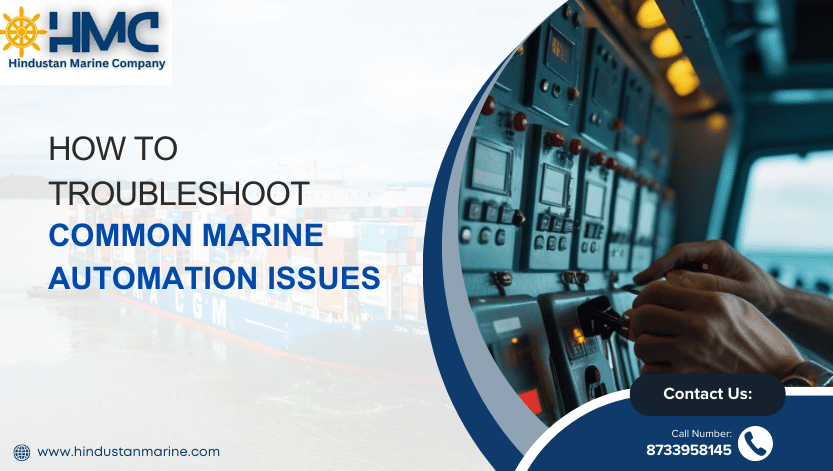
How to Troubleshoot Common Marine Automation Issues
India’s shipping industry is getting into advanced and smarter use of technologies to improve its safety, efficiency, and reliability at sea. One of such innovations is marine automation system, which helps the vehicle monitor and control the various critical operations, such as navigation, engine, performance, and handling of the cargo with minimal human intervention.
However, like any of the state-of-the-art sophisticated equipment, these systems are not completely immune to faults. When an automation issue arises, it can not just disrupt schedules, but can also compromise safety and increase operational costs. So, for marine engineers and ship operators, it is very important to have a proper understanding of how to identify and fix the common problems.
Let’s have a look at the most common automation issues and how these can be easily troubleshot.
Communication failures between components
The most common problem in any marine automation is a communication breakdown, which might happen between controllers, sensors, and the main control unit. This can happen due to corrosion from the salty marine environment, might happen from loose wiring or can even have software errors. To start fixing them, the first thing is to inspect all the physical connections for looseness or any form of rust that might have been formed.
Use a multimeter to check the wire continuity, and for systems that use serial communication, like Ethernet should ensure if the ports and cables are firmly connected and are clean. Keeping the connectors coated and clean with protective material can help in preventing any such issues from occurring in the first place.
Sensor malfunction or incorrect readings
Sensors act as the eyes and ears of any marine automation system. So if there is any incorrect reading, it can cause a huge disruption in decision making, which can sometimes make a situation get very dangerous. It is very much understandable that if a sensor is giving wrong data, you need to check whether it is calibrated correctly and then verify the readings with manual gauges or portable meters.
You have to replace any damaged sensors immediately and keep spare sensors on board in case there is any such malfunction.
Power supply problem
Marine automation depends heavily on a stable power supply. So, in case there is a sudden drop in the voltage or if there is any consistent power, the system may hang, reset, or even shut down completely. To address this issue, it is very important that the professionals should inspect the power distribution panels for any form of loose connection or overheating.
Test the backup sources such as the UPS systems or the generators, and have to monitor the voltage stability as well while using these diagnostic tools. Carrying out electrical checks before long voyages can help avoid any unexpected power-related issues and failures.
Software glitches and configuration errors
Since marine automation runs on complicated software, any form of wrong configuration, outdated format, or incompatible update can cause real trouble. Thus, for a marine engineer or a skilled person who works in this field, they need to maintain a record of the software versions and updates before making any changes.
Having the backup of the existing configuration means that it can be restored in case there’s something that’s not going as planned. If the problems continue, you have to revert to the last stable configuration or contact the manufacturer’s support team. It’s also important for any vessel engineer on the waters to be trained in handling the various specific software versions that are installed on.
Environmental Factors
The marine conditions are really harsh. It is salty water with high humidity and constant vibration. All these factors can cause serious damage to the sensitive equipment over time. To prevent these kinds of problems, it is very important to regularly inspect the enclosures of water ingress, apply the anti-corrosion sprays, and install a vibration damper wherever it is possible.
If your automation hardware is housed in a control room, there should be proper climate control ensured in that chamber to extend the longevity of the equipment.
Preventive maintenance
Prevention is better than a cure, and it is the best troubleshooting tool. With preventive maintenance, you will reduce the chances of those problems arising in the first place. Therefore, cleaning of the electrical contacts, routine system checks, software updates during port stays, and scheduled diagnostics of the systems can help them perform at their optimum level. Crew training on the marine automation system operation will also help you ensure quicker responses in case there are any issues.
With India’s maritime sector advancing rapidly, the vessels with marine automation are also becoming a standard sight. Therefore, it is very important for the people involved in this entire vocation to understand how to troubleshoot the issues and keep the operation smooth.
It will help to reduce any form of delays and, most importantly, ensure safety at sea. A well-maintained automation system works like an extra crew member who can quietly keep everything done seamlessly. So make sure to have the timely checks, get the spare part availability, and have the skilled personnel who can work on these issues as and when needed.

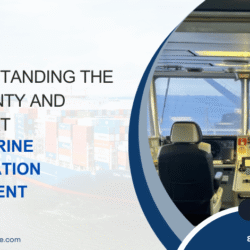
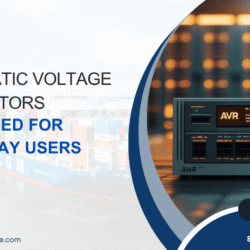
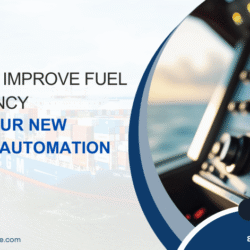
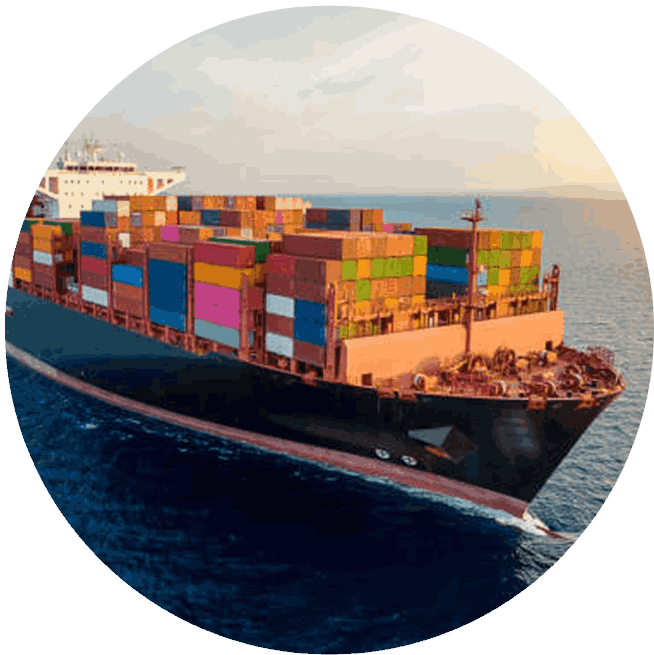
 Fast Delivery
Fast Delivery Easy Returns
Easy Returns Instant Quote
Instant Quote Product Demo
Product Demo